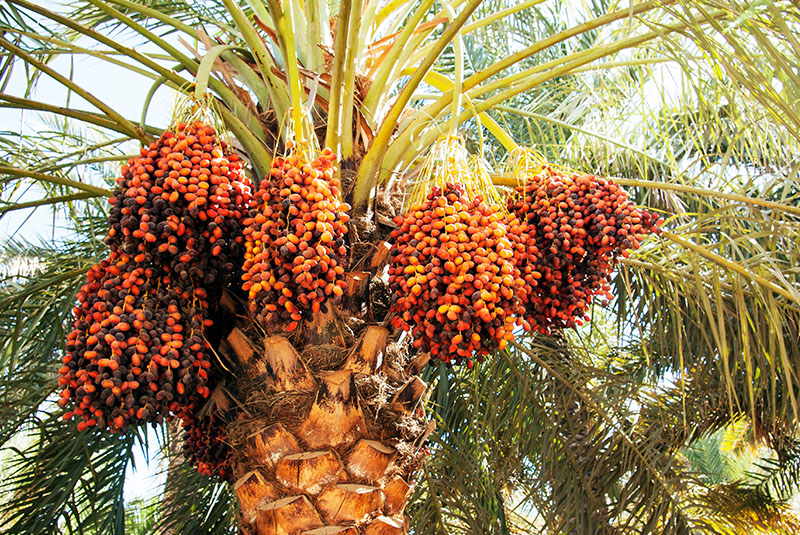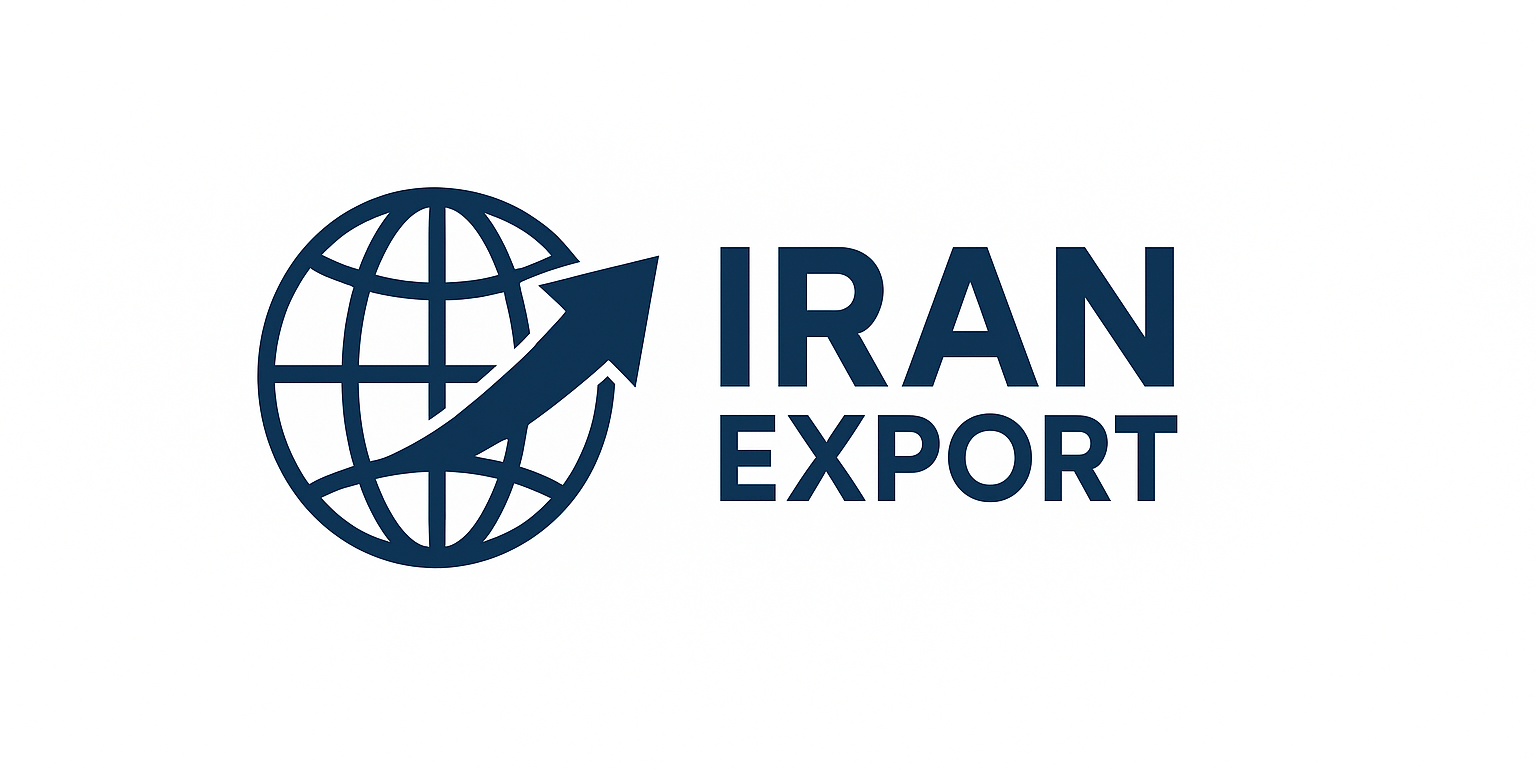
Top Varieties of Iranian Dates and Their Export Markets
Introduction
When it comes to dates, Iran is one of the world’s most important producers and exporters. With a history stretching back thousands of years, date cultivation in Iran combines tradition, climate advantage, and agricultural expertise. Today, Iranian dates are not only consumed domestically but also exported to dozens of countries worldwide. Their popularity lies in their natural sweetness, nutritional benefits, and diverse varieties suited for different consumer preferences.
In this article, we will highlight the top varieties of Iranian dates and examine their main export markets, while also exploring the role of Iran in the global date industry.
Why Iranian Dates Are Unique
Iran’s geographical diversity, with warm southern regions and fertile soils, makes it ideal for date cultivation. Unlike many producers, Iran offers a wide variety of date types, each with unique texture, sweetness, and shelf life. Additionally, the country benefits from:
-
High production volume: Iran consistently ranks among the top three global producers.
-
Quality and variety: From soft, syrupy dates to semi-dry and dry varieties.
-
Competitive pricing: Favorable climate and large-scale farming reduce production costs.
-
Nutritional richness: Dates are packed with natural sugars, fiber, vitamins, and minerals, appealing to health-conscious consumers.
Top Varieties of Iranian Dates
1. Mazafati Dates
Known as the “crown jewel” of Iranian dates, Mazafati (or Bam dates) are soft, dark brown to black, and extremely sweet. They contain high moisture (15–35%), making them perfect for fresh consumption. Mazafati dates are mainly grown in Kerman Province and are among Iran’s most exported varieties.
Export Markets: UAE, India, Pakistan, Turkey, and increasingly in Europe and North America due to rising demand for natural sweeteners.
2. Piarom Dates
Piarom dates, often referred to as the “chocolate date,” are semi-dry with thin dark brown skin and a unique caramel-like taste. They are high in fructose, making them suitable for diabetics. Piarom dates are one of the most expensive Iranian varieties, cultivated mainly in Hormozgan Province.
Export Markets: European countries such as Germany, UK, France, and Italy, as well as Canada.
3. Kabkab Dates
Kabkab dates are semi-dry to soft, with a golden to dark brown color and rich flavor. They are widely cultivated in Bushehr and Fars Provinces. Kabkab dates are often used in cooking and industrial processing due to their syrupy sweetness.
Export Markets: India, Pakistan, Central Asia, and Gulf Cooperation Council (GCC) countries.
4. Zahedi Dates
Zahedi dates are dry and firm, with a yellowish-brown color. They have a long shelf life and lower moisture compared to soft dates, making them highly suitable for bulk storage and transportation. Zahedi dates are considered a “commercial date” due to their versatility and lower cost.
Export Markets: Widely exported to South Asia, Africa, and parts of Europe, where affordability and long shelf life are important.
5. Shahani Dates
Cultivated mainly in Fars Province, Shahani dates are soft, elongated, and golden-brown. They are commonly consumed fresh but are also used for date syrup production.
Export Markets: India, Pakistan, and neighboring Middle Eastern countries.
6. Other Notable Varieties
In addition to the major types, Iran produces other varieties such as Sayer (Estameran) dates, popular in Khuzestan, and Lulu dates, known for their small, round shape. These varieties diversify Iran’s export portfolio and cater to niche markets.
Export Markets for Iranian Dates
Iranian dates reach more than 80 countries worldwide, with exports steadily increasing due to global demand for healthy, natural foods. The major markets include:
-
Asia: India, Pakistan, China, and Southeast Asia are among the largest importers.
-
Middle East: UAE, Saudi Arabia, and Turkey act as both consumers and re-export hubs.
-
Europe: Growing demand in Germany, UK, France, and Scandinavian countries, especially for premium varieties like Piarom and Mazafati.
-
North America: The U.S. and Canada are emerging markets, where dates are popular among health-conscious and vegan consumers.
-
Africa: Countries such as Morocco and Egypt import affordable varieties like Zahedi and Kabkab.
Global Trends Driving Demand
Several global trends are fueling the growth of Iranian date exports:
-
Health and Wellness Movement – Dates are seen as a natural alternative to processed sugar.
-
Vegan and Plant-Based Diets – Dates are widely used in smoothies, energy bars, and desserts.
-
Ramadan and Religious Demand – Dates hold cultural and religious significance, ensuring seasonal demand peaks.
-
Food Industry Applications – Dates are increasingly used in syrups, pastes, and as ingredients in bakery and confectionery products.
Challenges in Iran’s Date Export Industry
Despite its strong position, Iran faces challenges such as:
-
Logistics and packaging: Need for modernization to meet global standards.
-
Sanctions and trade restrictions: Affecting banking and shipping processes.
-
Competition: Countries like Saudi Arabia, Egypt, and Tunisia are strong rivals in date exports.
Future Outlook
The future of Iran’s date industry looks promising as global consumers increasingly turn toward natural and healthy foods. By improving packaging, adopting international certifications, and enhancing logistics, Iran can further expand its market share. Investment in branding and marketing is also key to positioning Iranian dates as a premium global product.
Conclusion
Iran’s date industry represents a blend of tradition, quality, and economic opportunity. With varieties such as Mazafati, Piarom, Kabkab, Zahedi, and Shahani, Iran offers unparalleled diversity in the global date market. Export demand is strong across Asia, Europe, and beyond, and with the right strategies, Iran can strengthen its role as a leading exporter of this natural superfood.
For international buyers and investors, Iranian dates are not just a product—they are a gateway to one of the world’s oldest and most sustainable agricultural industries.

